What an illuminating evening! Last night, Prof. Gordon Chang of History spoke to a crowd of over 60 Stanford alumni and friends, updating us about an innovative project investigating the Chinese Railroad Workers in North America. The talk pried open Leland Stanford's many connections with the Chinese during his long career as a California businessman, railroad baron, governor and senator, and University founder.
Before the event, I'd never gotten a clear view of Leland Stanford's stance on Chinese workers and immigrants—and definitely not through primary sources—other than the fact that he had hired them, and they had made him a fortune. It was shocking, and admittedly a bit disappointing, to see his waffling, politically expeditious statements.
Prof. Chang highlighted several excerpts from Leland's letters and speeches that revealed an ambivalent stance on Chinese workers. Though they had greatly contributed to Stanford-the-Entrepreneur's profits, working not only on the Central Pacific railroad, but also on his family farm and vineyards, Stanford-the-Politician did not openly defend their right to be in America. In certain cases, he even expressed agreement with some of the xenophobic views of nativists.
Before the event, I'd never gotten a clear view of Leland Stanford's stance on Chinese workers and immigrants—and definitely not through primary sources—other than the fact that he had hired them, and they had made him a fortune. It was shocking, and admittedly a bit disappointing, to see his waffling, politically expeditious statements.
Prof. Chang highlighted several excerpts from Leland's letters and speeches that revealed an ambivalent stance on Chinese workers. Though they had greatly contributed to Stanford-the-Entrepreneur's profits, working not only on the Central Pacific railroad, but also on his family farm and vineyards, Stanford-the-Politician did not openly defend their right to be in America. In certain cases, he even expressed agreement with some of the xenophobic views of nativists.
For example, Stanford used derogatory phrases such as "inferior" and "degraded" to describe the "Asiatic races." In other missives, he couched more tolerant sentiments largely in economic terms, arguing that low wages (rather than say, justice or principle) were a reason to allow the Chinese to stay in America. In contrast, Jane Stanford was portrayed as fairer and kinder. When a bill to expel Chinese workers from California lay on the governor's desk, she reportedly interceded on their behalf, reminding Leland "how good to you" the workers had been.
One surprising fact we learned is that Chinese workers literally built the school that we inhabit today. They dug trenches, erected structures, and laid the bricks of the original Stanford University campus. Here is a post card (c. 1900) showing Encina Hall, one of the campus' earliest buildings. (It comes from the Homer Lea archives, another alumnus who coincidentally had deep ties to China as well.) The connection of the Chinese to the University isn't only indirectly through Stanford's wealth, but in the very stones of the campus, threading through the steam tunnels we still use today.
One surprising fact we learned is that Chinese workers literally built the school that we inhabit today. They dug trenches, erected structures, and laid the bricks of the original Stanford University campus. Here is a post card (c. 1900) showing Encina Hall, one of the campus' earliest buildings. (It comes from the Homer Lea archives, another alumnus who coincidentally had deep ties to China as well.) The connection of the Chinese to the University isn't only indirectly through Stanford's wealth, but in the very stones of the campus, threading through the steam tunnels we still use today.
At one point, Prof. Chang displayed the cover of a Stanford catalog, with its Spanish tiled roofs, and told us the tale of a Chinese grandmother who had never been to campus herself, but to whom the family lore was known. She whispered to her sons that "the roofs of Stanford University are red because they are stained with the blood of Chinese workers." As Prof. Chang intoned, we can never look at these red roofs the same way again!
It has been 150 years since construction began on the Transcontinental Railroad—a project that linked the coasts and made Leland's fortune—and a century since the founding of this University. These pivotal events took place against real and visceral anti-Chinese sentiment: legal discrimination, violence, ghettoization in Chinatowns, and abuse as a political punching bag (think "Yellow Peril" propaganda). It was thus very moving to witness Prof. Chang addressing the crowd. When Leland Stanford was alive, we would not even have been welcome to attend this University, much less occupy teaching positions. How things have changed!
Despite decades of questionable laws and discriminatory practices, today Asian American students make up a significant part of Stanford's population and are actively involved in every facet of university life. Asian American faculty stand in front of Stanford classrooms, representing a multitude of departments and disciplines. This very evening, we assembled a huge roomful of Asian American alumni and friends to celebrate our history and heritage. There are even buildings named after illustrious API alumni donors. (Thank you Jen-Hsun and Jerry!)
It boggles my mind that when this school was founded, people of Asian descent could be excluded from the university community, yet in 2014, I actually teach here! There truly has been progress. It affirms the idea that despite all the media hubbub about Stanford as an engineering school and start-up incubator, the social and cultural changes experienced by this institution are just as important as the technological revolutions that have boosted its reputation.
The talk was organized by SAPAAC, the Stanford Asian Pacific American Alumni Club. Find out more about the Chinese Railroad Workers in North America History Project at http://chineserailroadworkers.stanford.edu.
It has been 150 years since construction began on the Transcontinental Railroad—a project that linked the coasts and made Leland's fortune—and a century since the founding of this University. These pivotal events took place against real and visceral anti-Chinese sentiment: legal discrimination, violence, ghettoization in Chinatowns, and abuse as a political punching bag (think "Yellow Peril" propaganda). It was thus very moving to witness Prof. Chang addressing the crowd. When Leland Stanford was alive, we would not even have been welcome to attend this University, much less occupy teaching positions. How things have changed!
Despite decades of questionable laws and discriminatory practices, today Asian American students make up a significant part of Stanford's population and are actively involved in every facet of university life. Asian American faculty stand in front of Stanford classrooms, representing a multitude of departments and disciplines. This very evening, we assembled a huge roomful of Asian American alumni and friends to celebrate our history and heritage. There are even buildings named after illustrious API alumni donors. (Thank you Jen-Hsun and Jerry!)
It boggles my mind that when this school was founded, people of Asian descent could be excluded from the university community, yet in 2014, I actually teach here! There truly has been progress. It affirms the idea that despite all the media hubbub about Stanford as an engineering school and start-up incubator, the social and cultural changes experienced by this institution are just as important as the technological revolutions that have boosted its reputation.
The talk was organized by SAPAAC, the Stanford Asian Pacific American Alumni Club. Find out more about the Chinese Railroad Workers in North America History Project at http://chineserailroadworkers.stanford.edu.


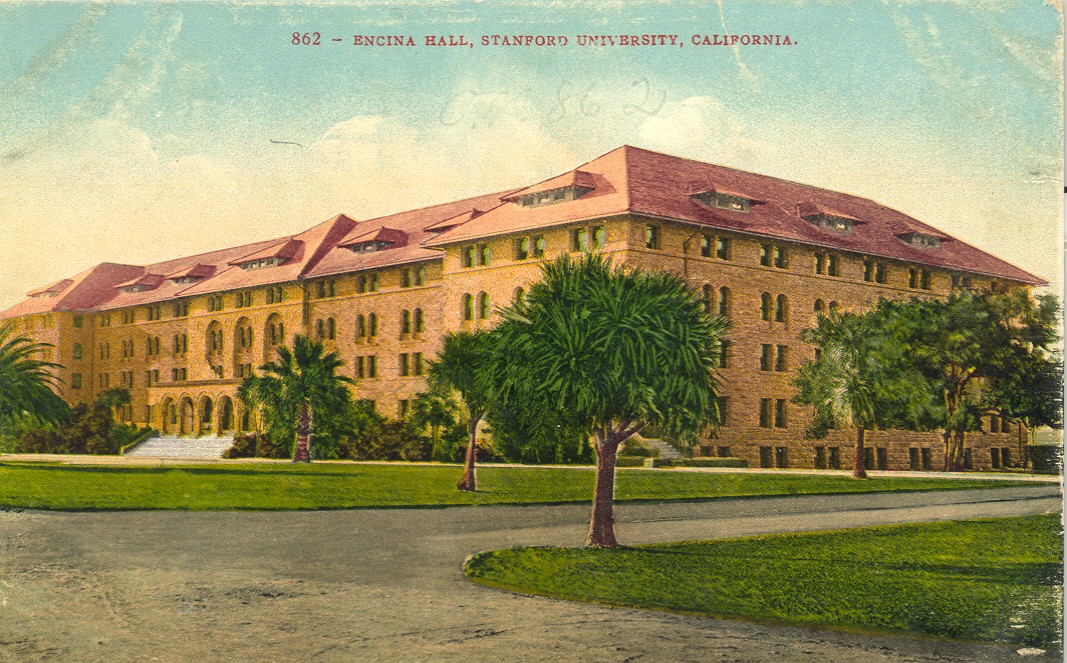
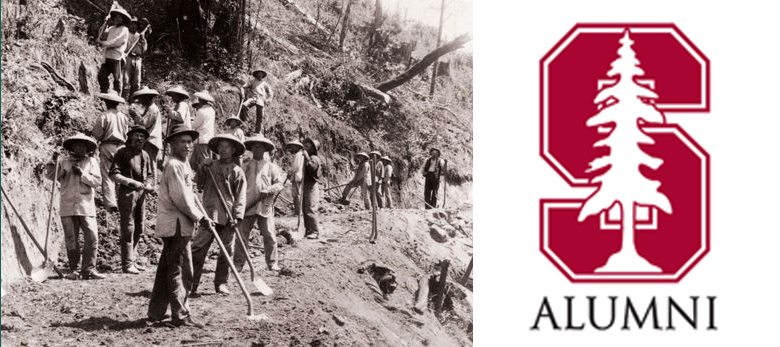
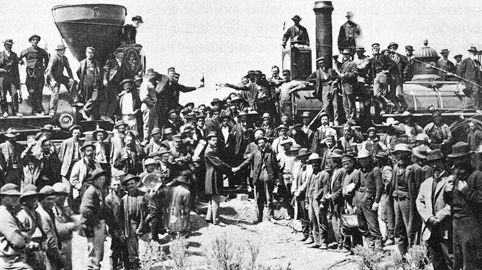
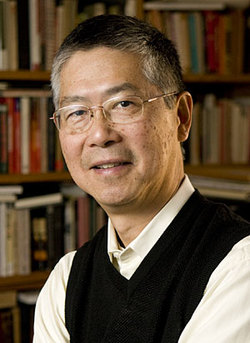


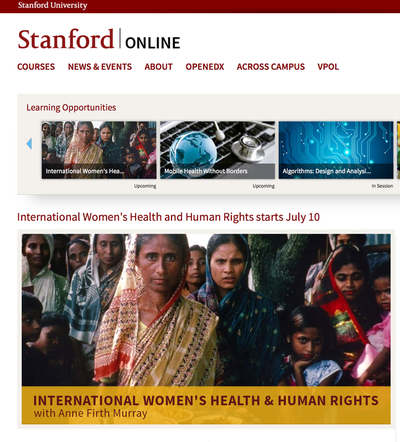



 RSS Feed
RSS Feed